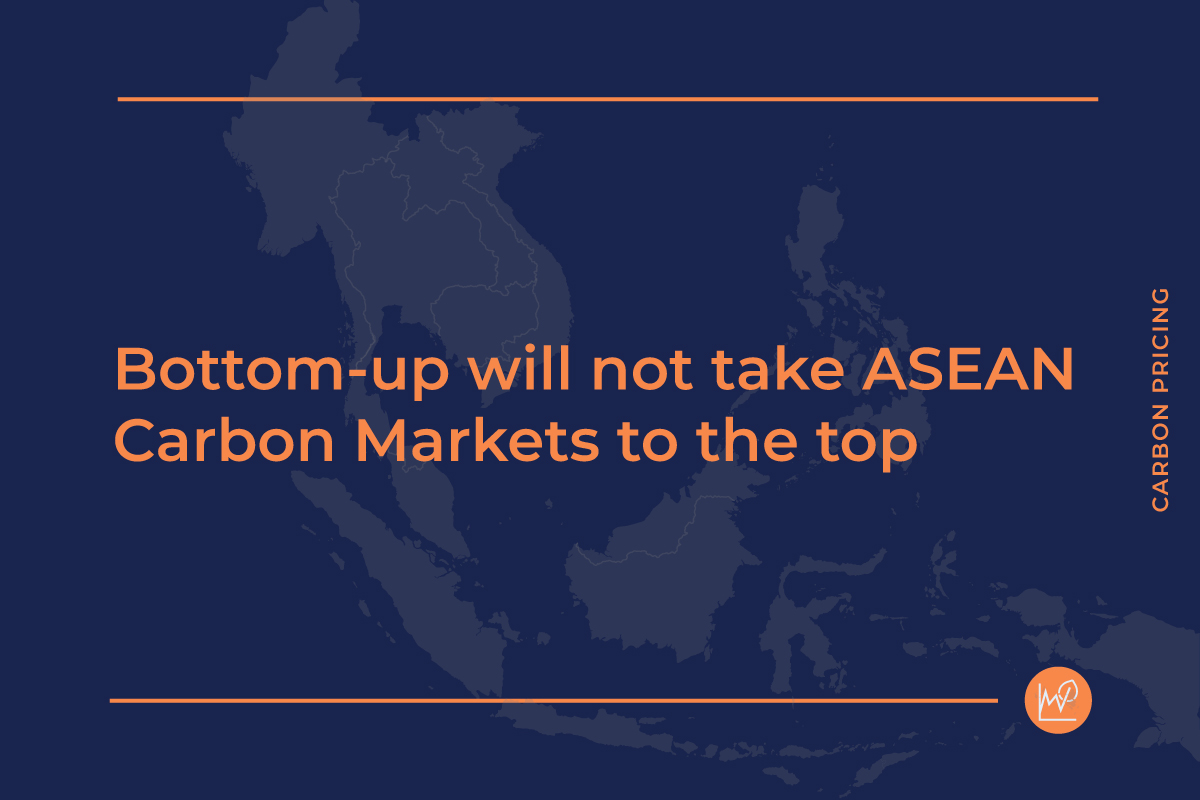Disclaimer: Views, opinions and analysis provided by guest speakers and participants are their own. Reproducing them on our website does not imply that they are endorsed by Neyen.
Benefit-Sharing: Basic Concept and Challenges
In carbon markets, benefit sharing can be interpreted as how and to what extent the benefits from carbon credit sales are shared with those implementing the projects and the local communities where the projects are located. Benefit sharing can be done as monetary contributions (e.g., cash transfer); non-monetary benefits (e.g., community projects); or both. An example of non-monetary benefits sharing can be through providing access to clean water, healthcare, or education for local communities.
At the country-implementation level, challenges such as regulatory interventions and negative media coverage may hinder the competitiveness of projects if not well considered. Thus, collaboration amongst key stakeholders, including policymakers, project proponents, and industry organizations, is crucial for a good practice of benefit-sharing mechanisms.
Case Study: Rimba Raya Conservation Project
Key Factor: Dedication and Commitment
Rimba Raya Conservation Project is a carbon credits generating initiative located in Central Kalimantan and is one of the largest REDD+ peat swamp forest projects in the world, avoiding nearly 130 million tonnes of carbon emissions [1]. Guest Speaker, Dr. Sylviana Andhella (Executive Director at Rimba Raya), highlighted the project’s approach of involving local communities as part of the project’s success. Dr. Andhella outlined several commitments to the community of the Rimba Raya project, including commitment to local community empowerment; early engagement to create a sense of belonging; and a high level of dedication and loyalty. As part of these commitments, 73% of the project’s staff are from local communities recruited from Rimba Raya’s assisted villages.
The project involves local communities for daily operational purposes, such as in Project Design Document (PDD) development. Dr. Andhella highlighted the project’s commitment to local communities, explaining that its ‘adaptive’ approach requires proponents to deeply understand and respond to the unique needs of each community. For example, providing healthcare access to communities requires a thoughtful approach to ensure that the project delivers the most effective support possible—especially given the challenges a village may face, such as limited infrastructure.
In addition to being “adaptive”, the project relies on an “inclusive grievance handling” approach. This approach helps the project to be transparent and open to criticism by local communities through a dedicated space in the village that the project created for receiving feedback or complaints. This way, the project can be inclusive of local communities, not only those who work for the project but ones who may in some ways be impacted by the project.
Dr. Andhella also emphasized the fact that local communities are not “commodities”, and project proponents must tightly abide by the principle of “empower and not exploit”. She added that at the end of the day, carbon credit projects should be all about having positive impacts on communities by understanding their needs.
In the Q&A session, questions arose on the practicalities of involving local communities to enhancing resilience in dealing with market fluctuation. On the practicalities, Dr. Andhella emphasized the importance of a deep-rooted dedication and commitment to both the climate and people. She added that it is crucial to engage as early as possible with the local communities, as it may take time to get people on the same level of understanding about the purpose of the project. For example, involving civil society organizations (CSOs) would be helpful for a project to create a long-term collaboration. By starting small, trust can be built amongst stakeholders which can benefit the project’s resilience. Dr. Andhella also added that projects need to ensure compliance with regulations and minimize integrity risk, especially amidst market volatility and institutional or regulatory changes.




